|
|
% f/ L. f- l) P, d+ u
/ X9 y3 t& v7 Y6 k$ E DSH 753+ T- ?" u) \. K$ s9 r$ M! u DSH 753+ T- ?" u) \. K$ s9 r$ M! u
|
| Capacitor discharge voltage measurement- O t. q0 G) B% |
| 9.1.6 (IEC60065/2001) 6.10.3 (IEC61010-1/2001)
6 U; ?) Q. z$ r A3 ^% r5 D: A1 _& N( s | 61010-1(ed.2) & 60065(ed.7). q& r" ?( C- C1 ^
|
( |9 \% |$ Z! ]
, ?6 y$ t+ y0 }* o7 ~+ V
Standard(s): No. Year
. _- H* c6 z' K. J0 A& B/ x. _; aIEC60065/2001' p. s9 p; [( Y$ W
IEC61010-1/2001
}( @# `- c6 x' u2009 DSH 0753 TRON, MEASCategory:
9 s- J6 e5 w) X9.1.6Subclause(s):
: x* _2 L& [2 l# n: q, U, @6.10.3, u6 e( _" J8 M. H9 J
Developed by:
/ {7 y! ?: c0 q0 pWG4, ETF2, ETF31 g$ t! [9 B+ `) B. A. V* A
Subject:
" s2 D3 Z2 M0 A" t# OCapacitor discharge9 S* Z; A1 E: N8 r" r. {
voltage measurement
+ S& F- I; ^0 ~9 ^Key words:1 S4 Q7 _& y: F' f) z% ^
- Plug discharge3 |6 Y% ^! ?5 M+ e8 Y' O
- Capacitor discharge% j; n6 J0 U' M# H9 W7 k. p* s
- Shock hazard
' @6 E0 m( K" |. r7 K( kApproved at the 47th CTL$ b( t9 g7 [: Z7 f
Plenary Meeting, year 2010
6 \" @) F7 x5 c; h0 @Question:2 o) y1 i5 ~6 D; m
The standards referenced include a test commonly referred to as a plug discharge or capacitor. c- n" q; `7 m& d+ l+ [$ r: w
discharge test that involves disconnecting the product under test from the mains and7 A5 v' l* {+ z+ U" R4 E& }4 i
measuring the residual voltage across a capacitor(s) at a specified time. The intent in each of2 D4 z. s) a( d' u$ y; {, I
the referenced standards is the same – measure the maximum voltage obtainable at the time! `* {7 x1 |* D* P
specified.
2 o9 ]: E O) {& c(1) Each standard has a slightly different description of how the mains disconnect is made, but
. M4 u$ ?/ F/ y6 Dthe intent is to disconnect at the highest voltage possible in the AC power cycle. With the( s5 j3 q8 {+ g; `; d; N% Y
advent of electronic voltage sensing switches, it is possible to disconnect at the peak voltage in) p, e- B5 {7 Q+ [7 j/ _! i
the AC cycle. Using this procedure seems to be within the intent of the standards and would: k, Y: E: {$ h( ~8 G8 l0 T
result in more consistent and repeatable results. Is it acceptable to perform the test this way?# b8 I: L! P: F* z- ~0 x6 I
(2) Good laboratory practice dictates that the voltage should be measured with a high input
, K; _' L) M3 s5 e2 A- timpedance voltmeter. For this test, some standards require the use of a voltmeter with an input6 u& @# M0 M& g6 K4 Y: q+ X* x4 t
resistance of 100 M 1 ± 5 M 1 in parallel with an input capacitance of 25 pF or less. For more. n' g/ r; y5 C3 K# u
consistent and repeatable results should this type of meter always be used for this type of test?* h, T! a5 P& O7 @) W' L3 j" f
Decision:( F& _: S8 J o* w" M$ { t2 E6 }9 b
(1) Yes, this method should always be used for these tests within the CB Scheme.3 k/ g8 Y4 e2 s q% }+ F) M0 `
(2) Yes, a meter with the stated input impedance should always be used for these tests within; u' y' M1 m l' P
the CB Scheme.
7 G% W" W: @$ j; U. N7 s
( r% v1 y( H0 P7 I" `0 P
8 e" x7 f4 h# ~% ^1 z: v
9 D- U: H) B' I8 [ |
本帖子中包含更多资源
您需要 登录 才可以下载或查看,没有账号?注册安规
x
|



 窥视卡
窥视卡 雷达卡
雷达卡 发表于 2012-9-18 11:21
发表于 2012-9-18 11:21
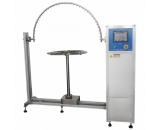

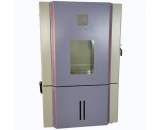



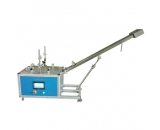

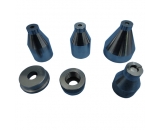






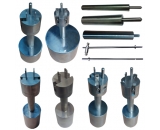
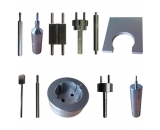
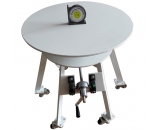
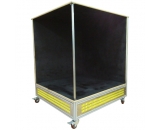

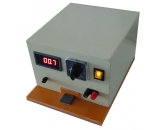
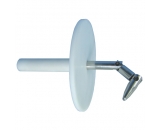

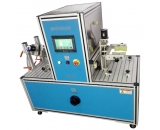
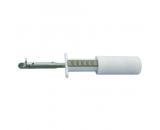
 提升卡
提升卡 置顶卡
置顶卡 沉默卡
沉默卡 喧嚣卡
喧嚣卡 变色卡
变色卡 抢沙发
抢沙发 千斤顶
千斤顶 显身卡
显身卡













